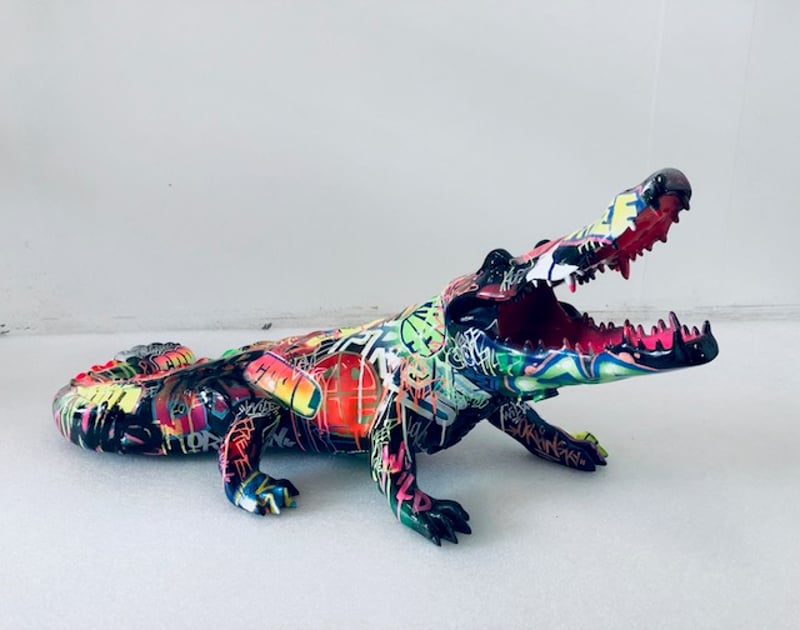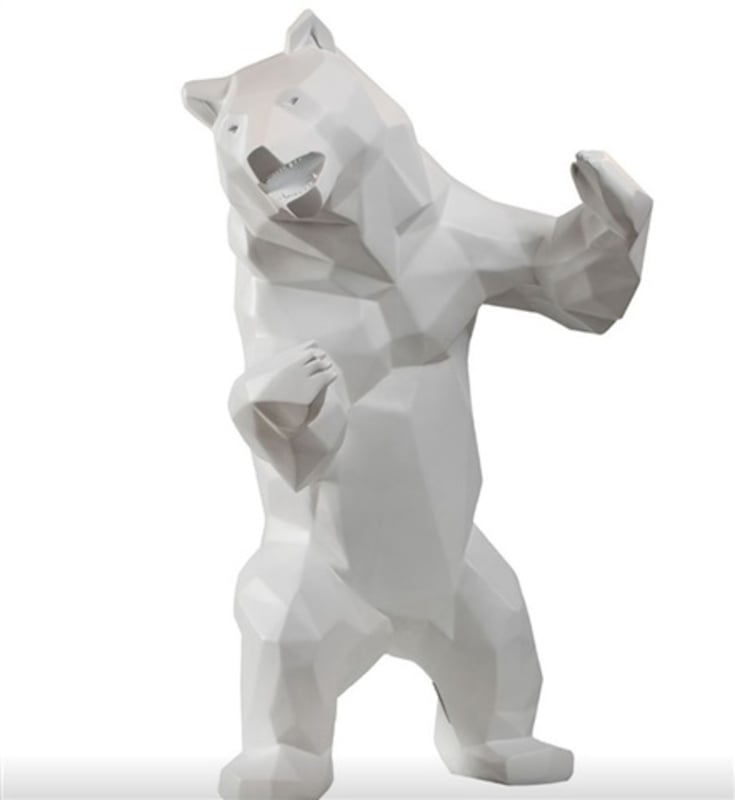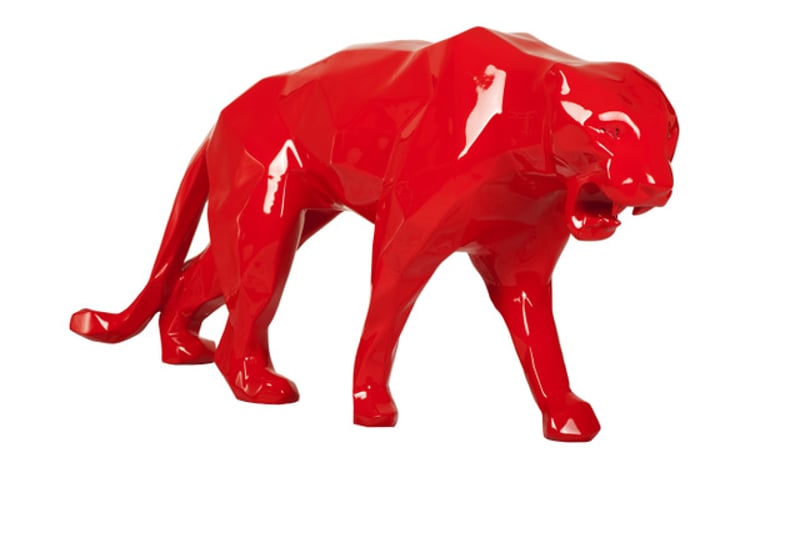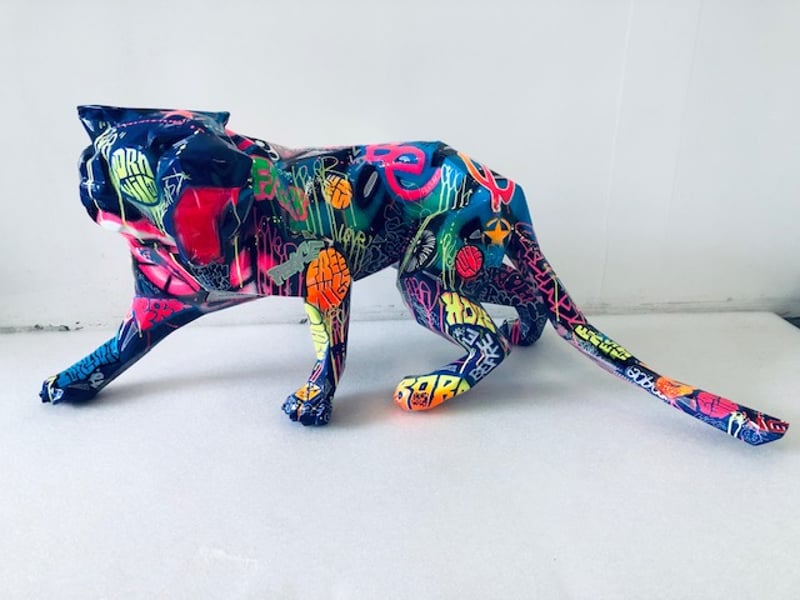Richard
ORLINSKI

Biography
Born in Paris in 1966, Richard Orlinski is a French sculptor. He explores the medium of sculpture by means of industrial materials that he embellishes with Pop Art references, a movement that nourished his youth and has not ceased to feed his work since then. His favorite materials are resin and aluminum used in a foundry process. After studying art at the National School of Visual Arts in Neuilly-sur-Seine, Richard Orlinski discovered a new generation of artists such as Jeff Koons, Richard Prince and Takashi Murakami, who were free and uninhibited, and with whom he identified through their work.
An art far from conventions, an art of his time. Richard Orlinski places himself among those artists who claim to be a contemporary artist who aims, by industrial means, to create works that question the codes of perception of our consumer society. Following a logic of multiplication and repetition, he denounces the logic of mass production of the cultural industry. From a flagship object, the crocodile, to more specialized works, Richard Orlinski offers a panorama of what contemporary art has to offer.
From domestic, decorative or monumental objects, Richard Orlinski has been able to impose works with a strong visual impact that emphasize the question of perception. These works represent smooth and shiny surfaces in which we see ourselves. While admiring the work, it is our reflection that we see in the epidermis. A role reversal that brings us back to the idea that we ourselves are a potential aggressor, we, the narcissist who looks into it, at the expense of the work itself. His original works are an appeal to the senses and bring a refreshing breath of air to contemporary art.
Richard Orlinski has articulated his work around the Born Wild concept. He started with a sculpture of a red crocodile made of polyresin, which was then declined in different sizes, colors and materials. Our impulses are influenced by the most primitive part of our brain: the reptilian brain which is the seat of our survival, control of the territory of reproduction. Among other things, it acts in the present without reference to the past, experience or memory. What could be more significant than the crocodile to represent this organ, a common heritage of our two species that have been able to adapt and survive.
Richard Orlinski lives and works in Paris.
News
Artworks
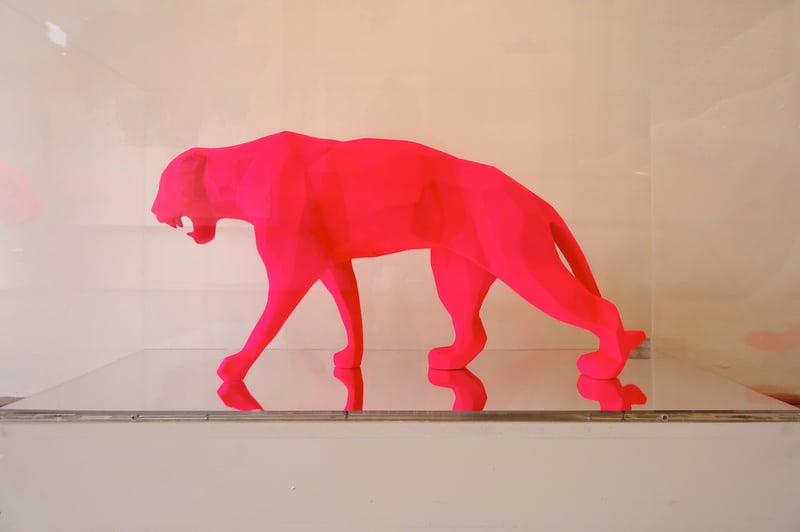
Resin casted sculpture with pigments - plexi case - Original edition 8 ex + 4 AP
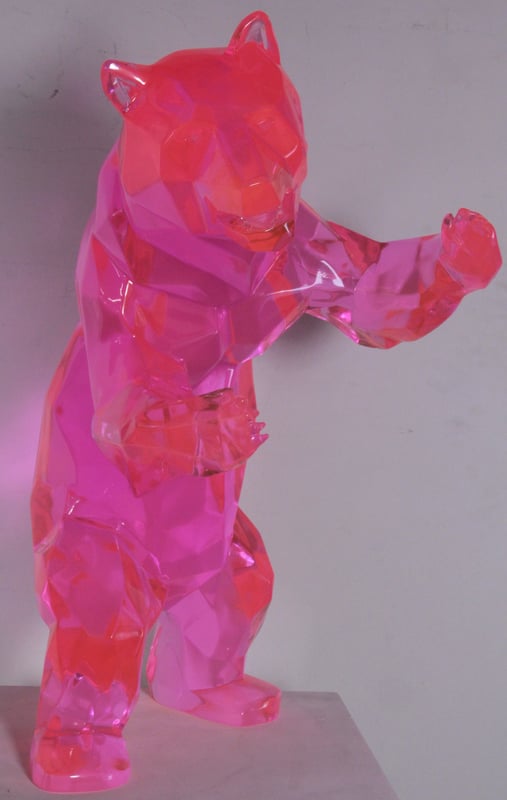
Uréthane resin - Original edition 8 ex + 4 AP
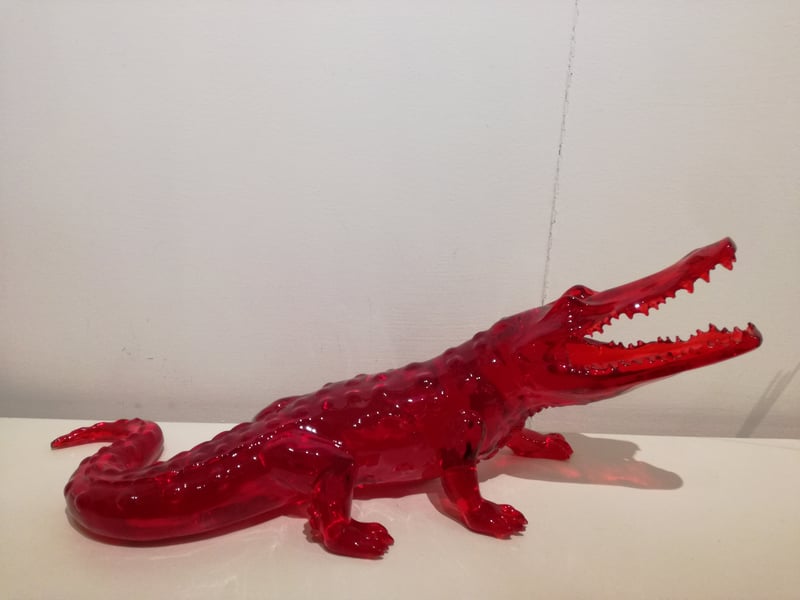
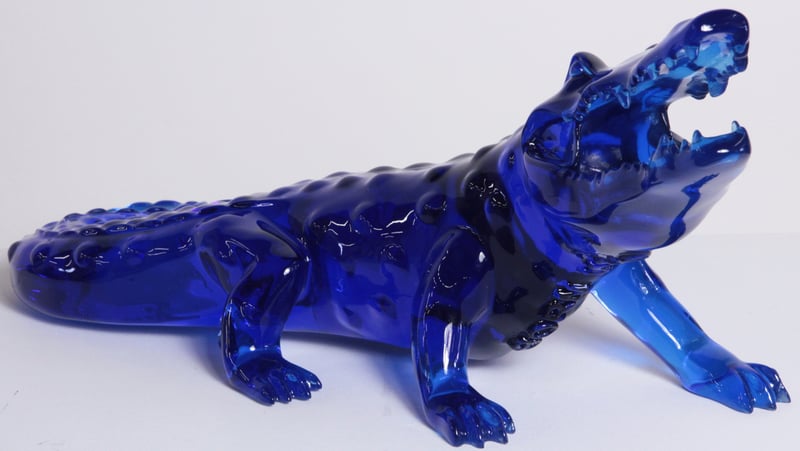
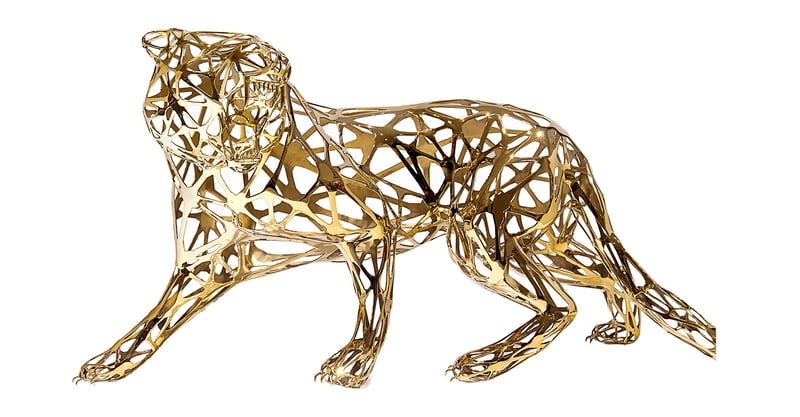
Stainless Steel Metal Polished - Original edition 8 ex + 4 AP
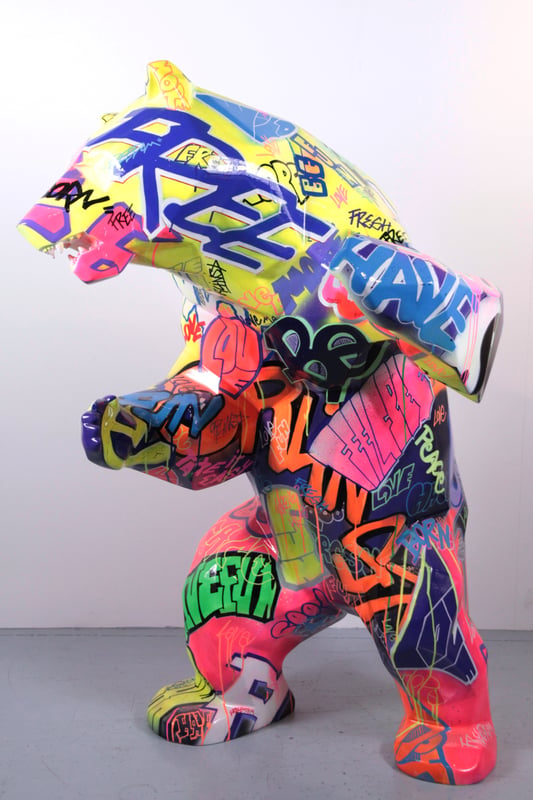
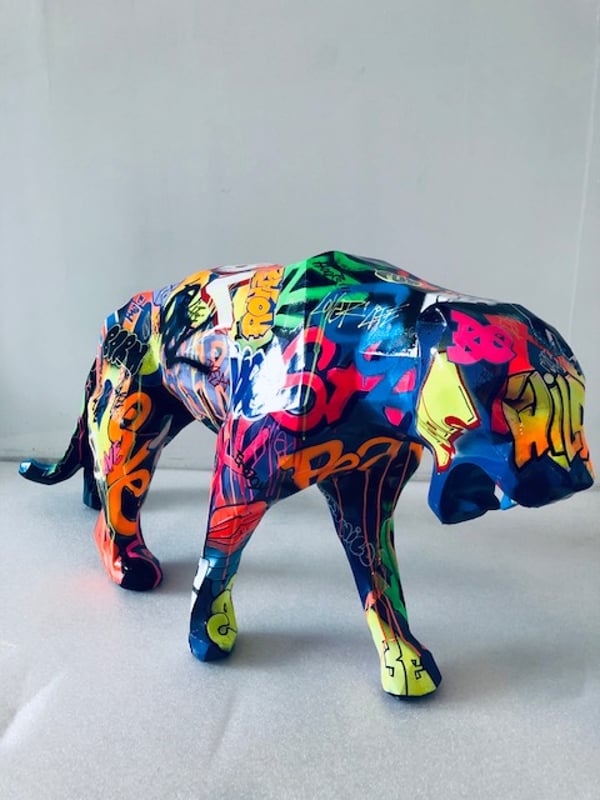
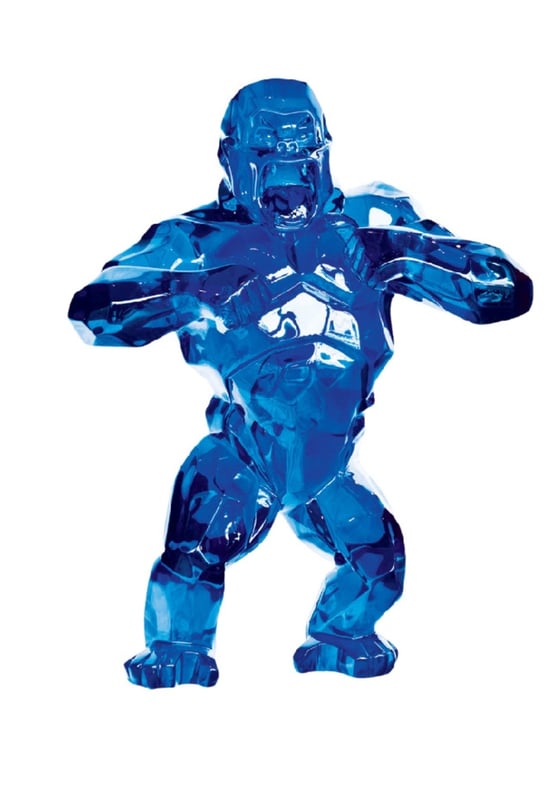
Uréthane resin - Original edition 8 ex + 4 AP

Resin sculpture - Original edition of 8 ex.
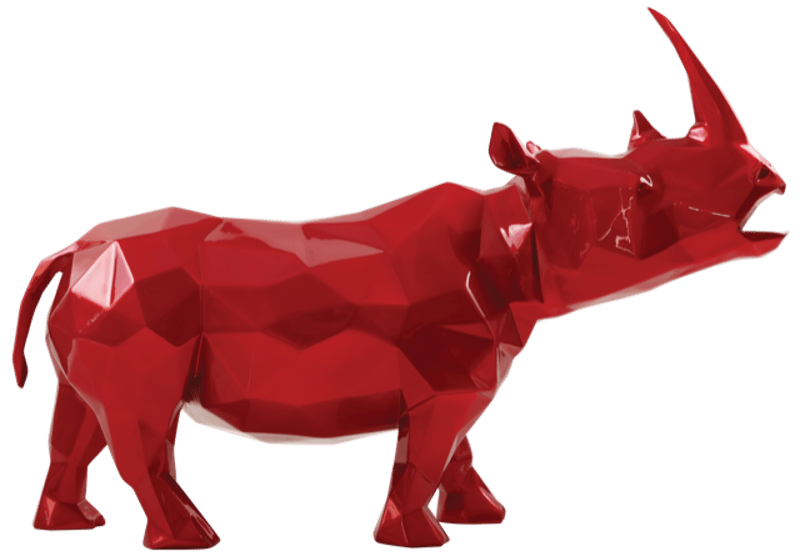
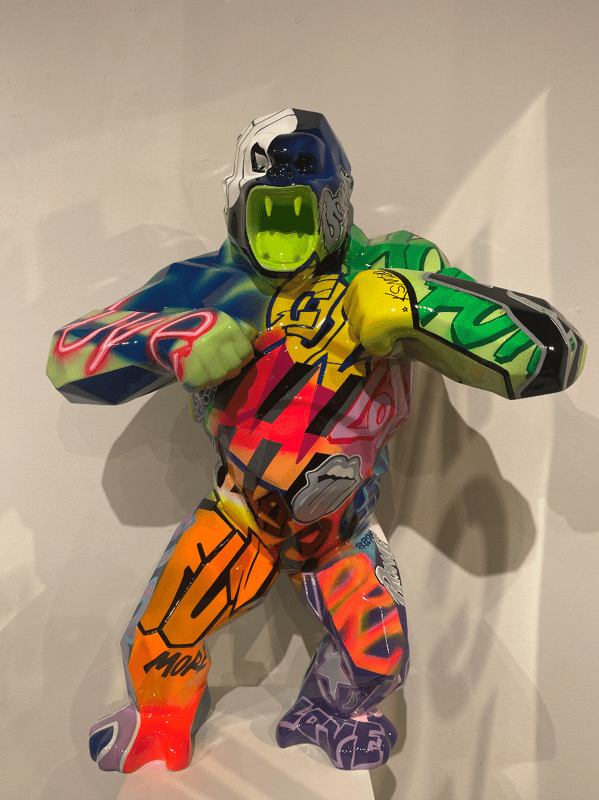
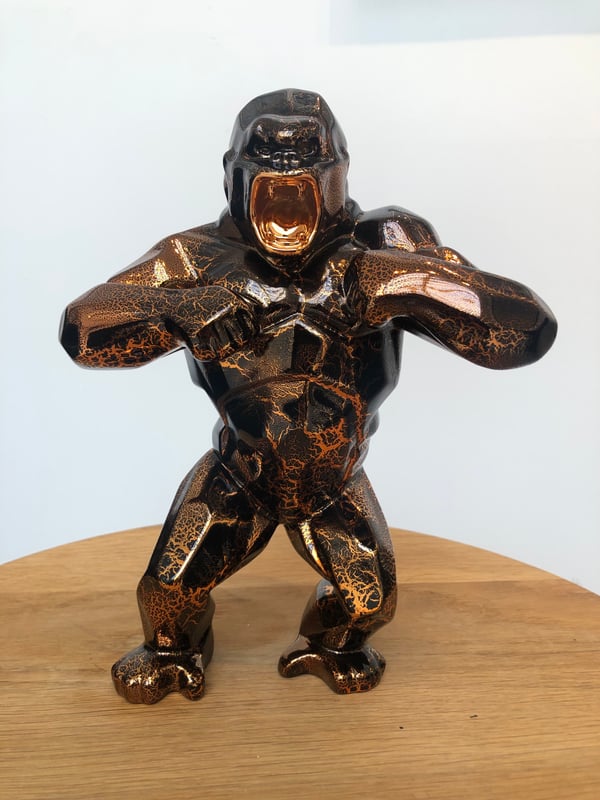
Resin sculpture - One of a kind original artwork

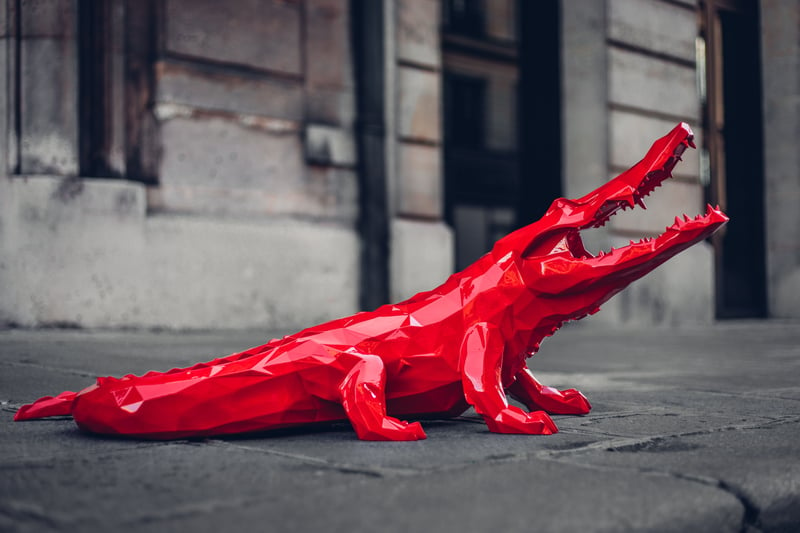

Full fractal resin sculpture - One of a kind original artwork
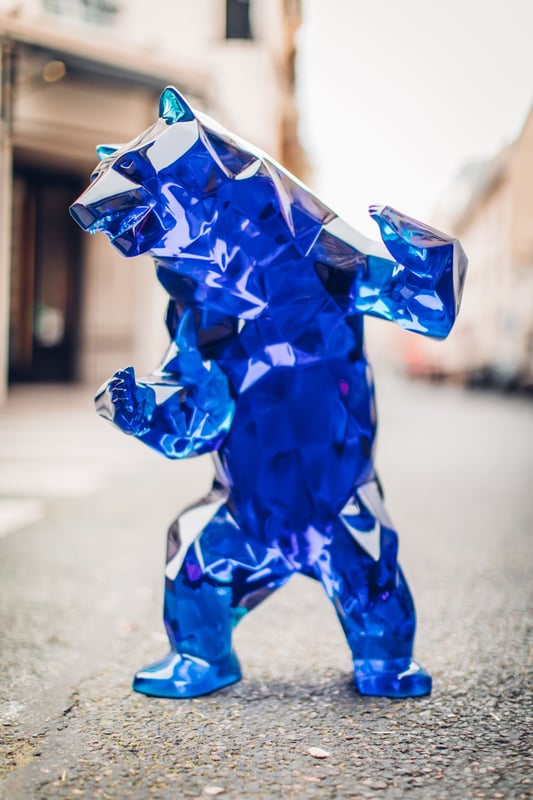
Uréthane resin - Original edition 8 ex + 4 AP
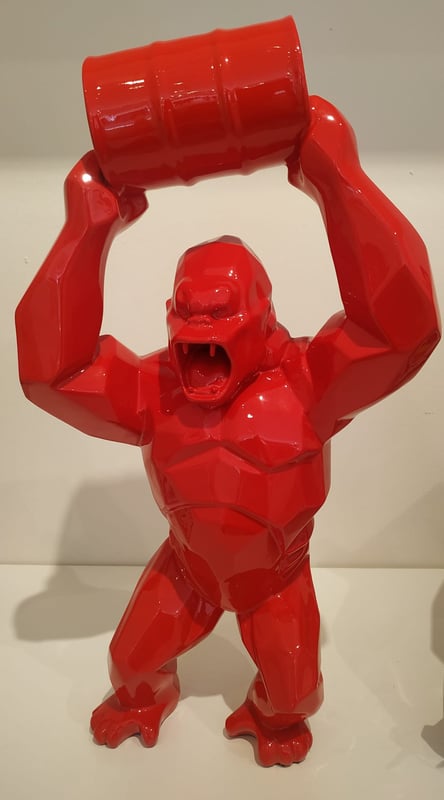
Resin sculpture - Limited edition of 50 ex.
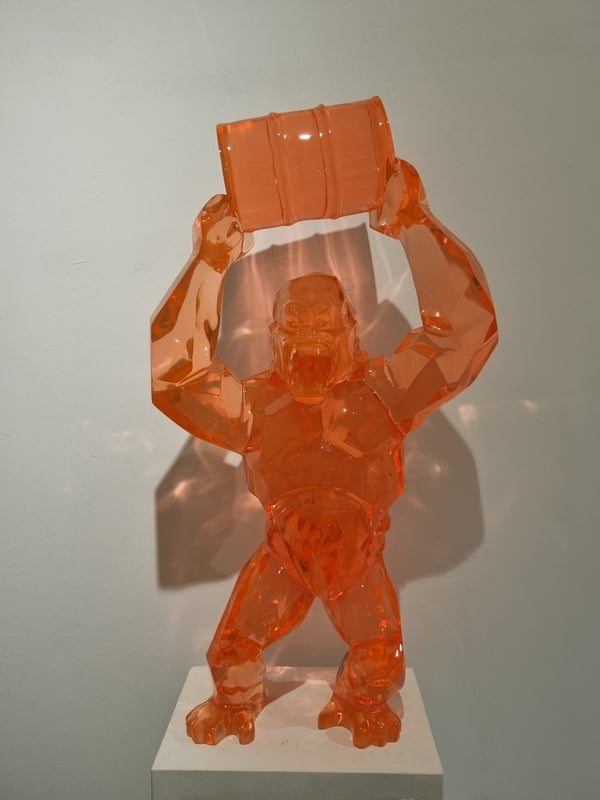
Uréthane resin - Original edition 8 ex + 4 AP
Contact
This work interests you ?
Do not hesitate to contact us for any inquiries.



